It’s hard to think of a time when we haven’t had guacamole at a party or gathering, and whenever there’s an avocado shortage, there’s always a little gasp of despair. Though we can trace guacamole back to Central America’s Aztec civilization, the first record wasn’t written by the Spanish but came from an English pirate in the 17th century, and this guacamole doesn’t have the taste you think it has.
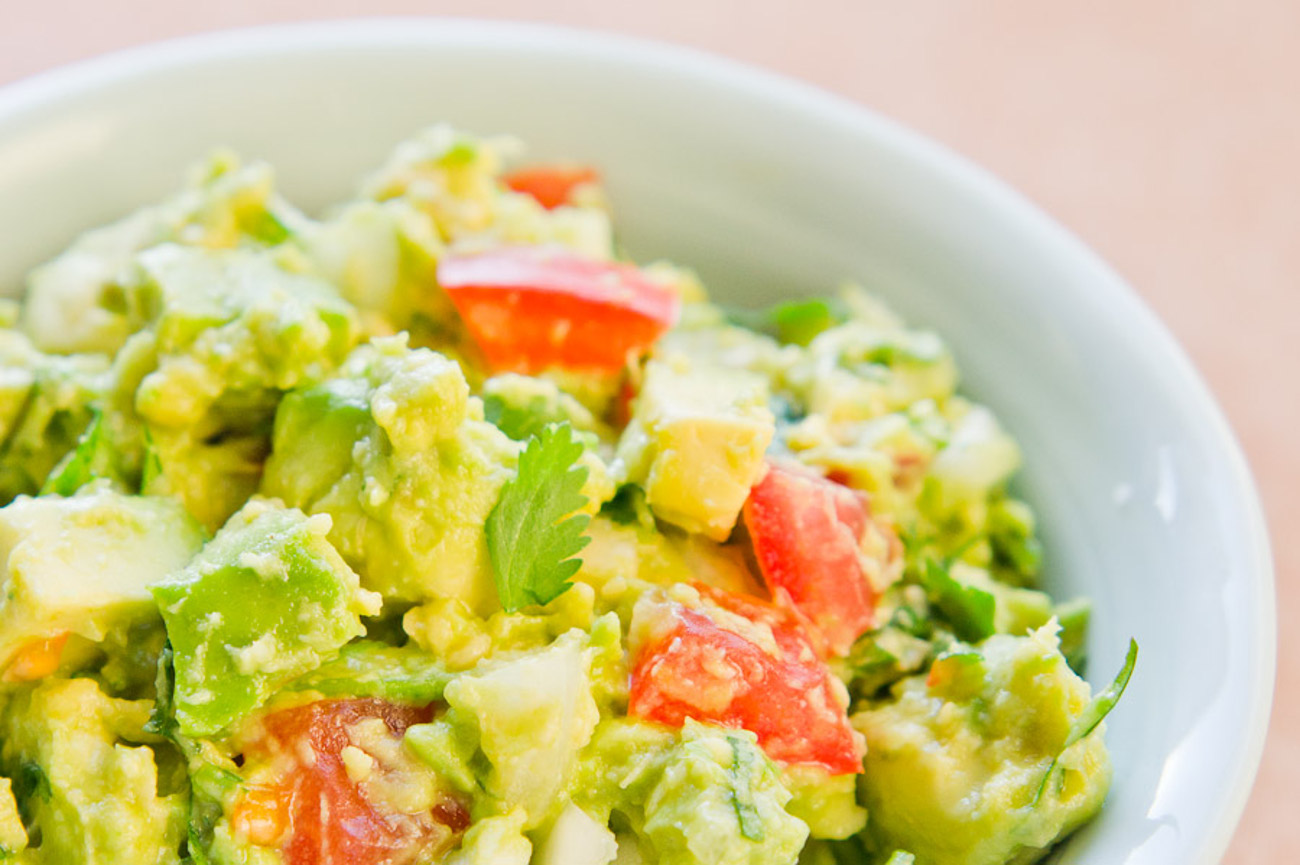
It would be rude to call Englishman William Dampier an unlawful pirate because when he was writing about guacamole, he was contracted by the British navy as a privateer, also known as a gainfully employed pirate.

During his time confined in a Spanish prison, he compiled his notes and wrote out his experiences circumnavigating the world in a book titled A New Voyage Around The World, which was like the original version of a travel television show. And it is here in his 1697 published book that he talked about the avocado and its use among the Panamanian population.
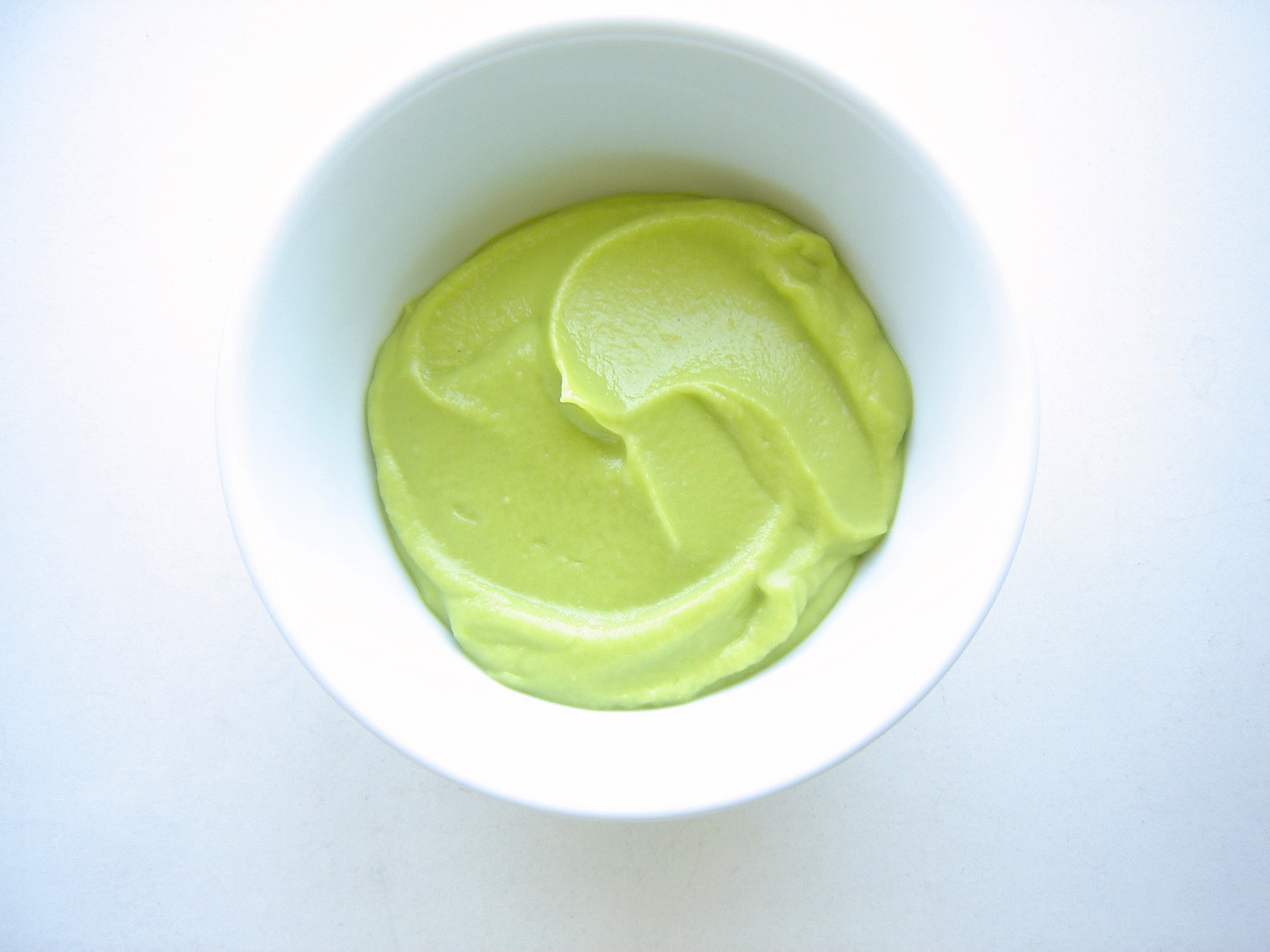
Dampier’s description of avocados mirrors that of the avocados we know and love today. He observed that they were a bit larger than a lemon with a green or slightly yellow flesh, that was soft and smooth like butter.
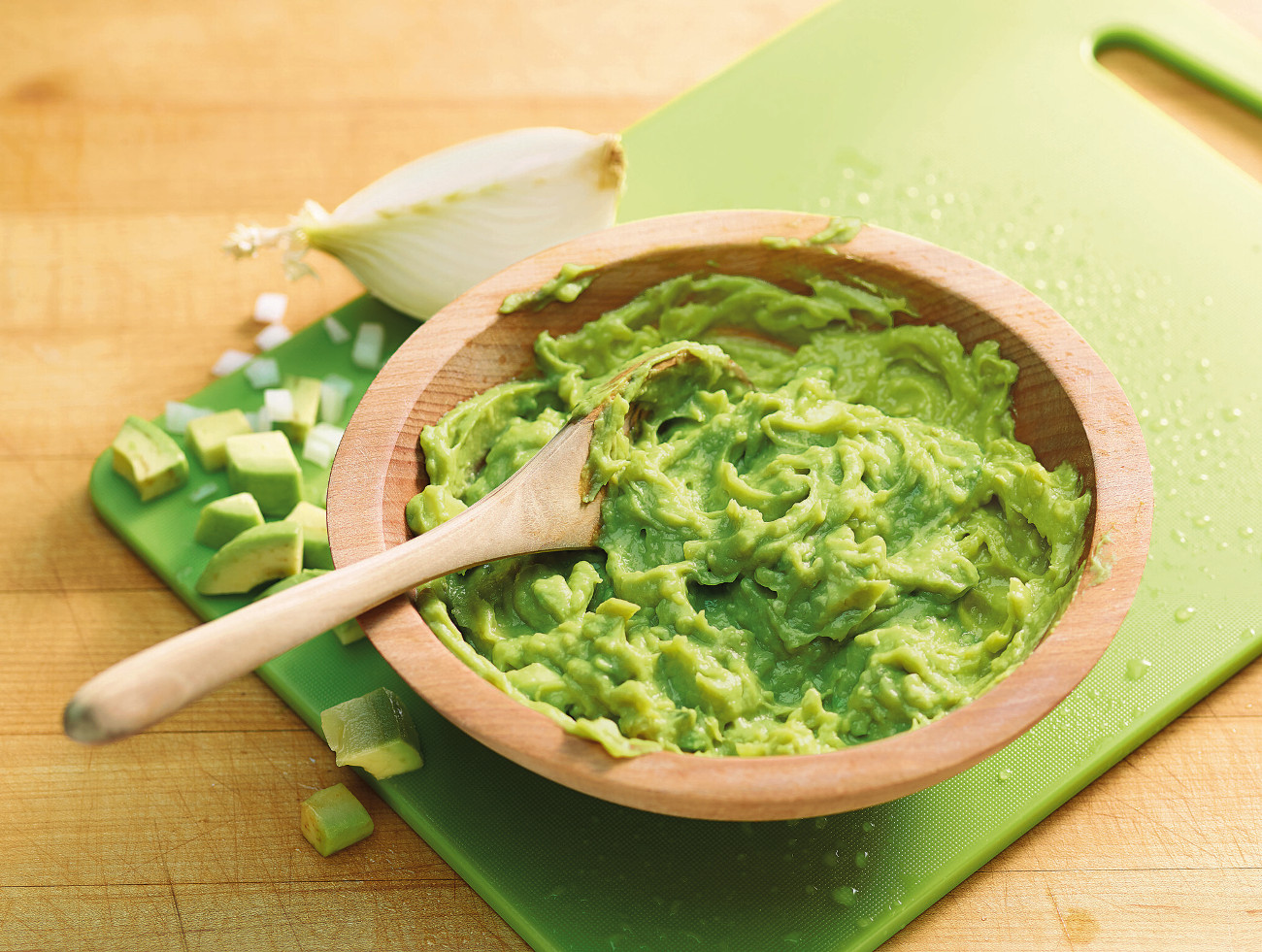
Because of avocado’s benign flavor, it was mixed with sugar and lime juice until smooth. Wait, sweet guacamole? It may sound weird, but there are many sweet applications for avocados, the most famous one is a Brazilian dessert called creme de abacate.
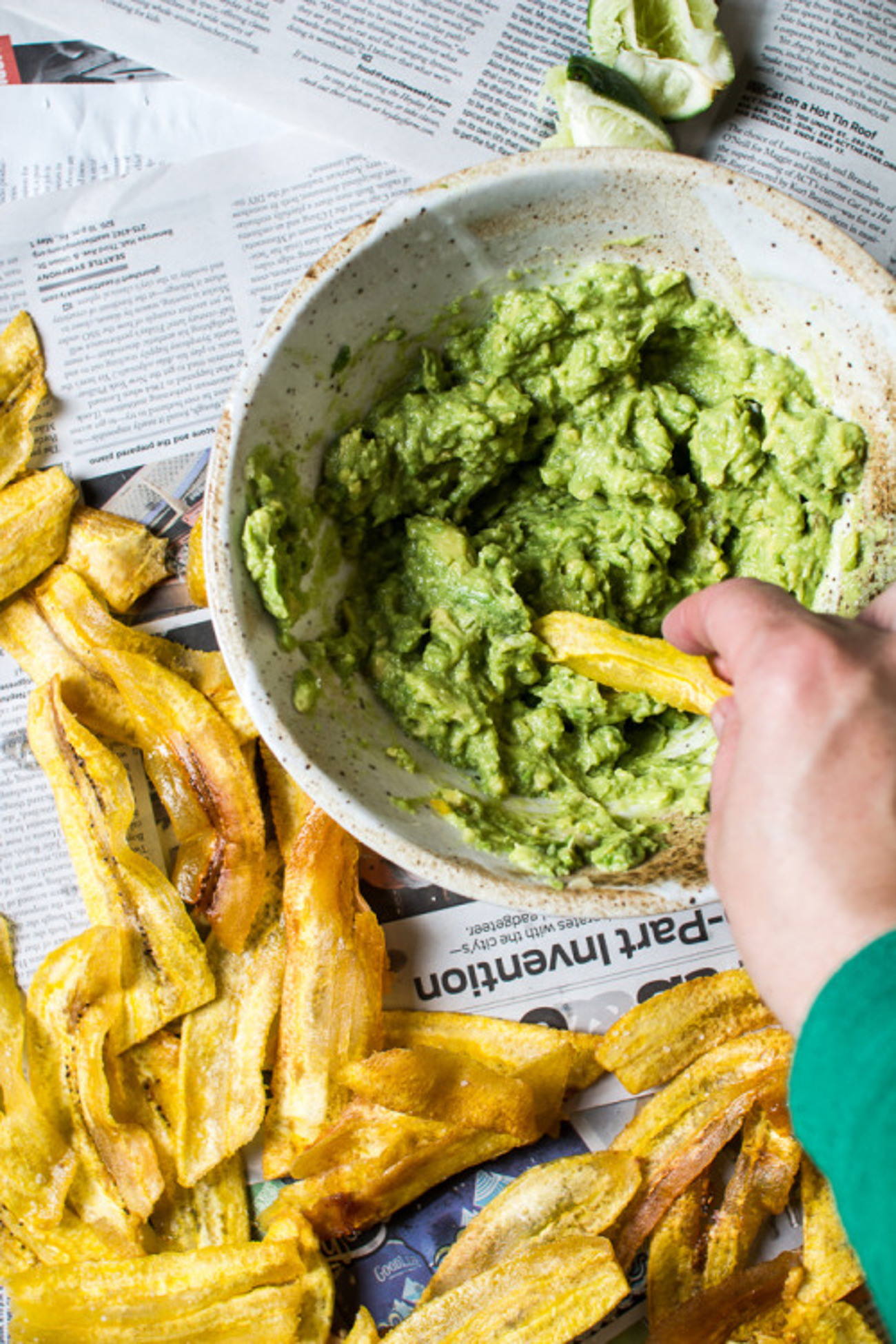
What makes Dampier’s account of guacamole sound like modern-day guacamole is how it is consumed, it is eaten alongside or on top of roasted plantains, which was like our version of chips.
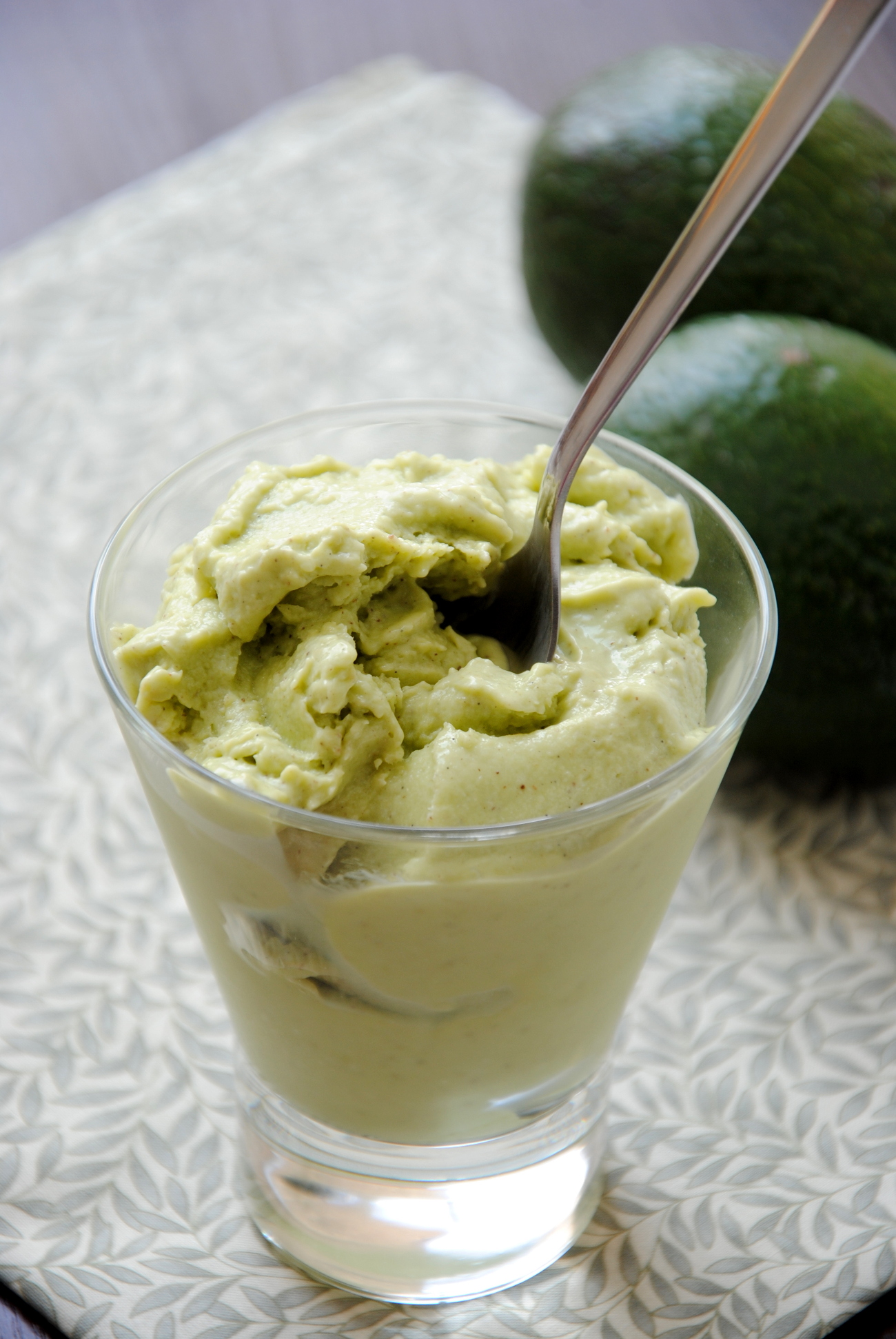
Still think sweet guacamole sounds a bit weird? Try using these three core ingredients (avocados, sugar, and lime juice) to make a delicious avocado ice cream instead!












